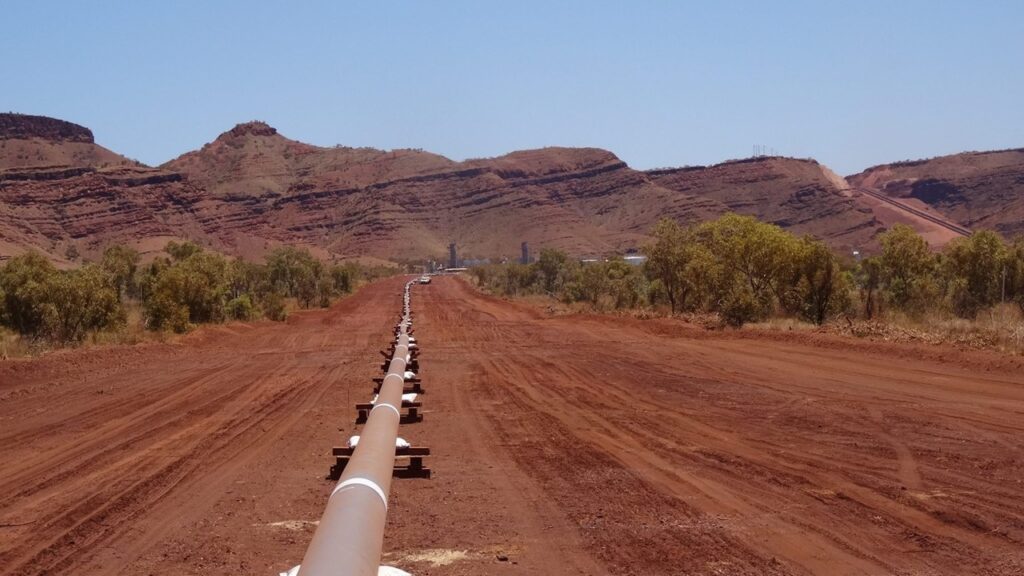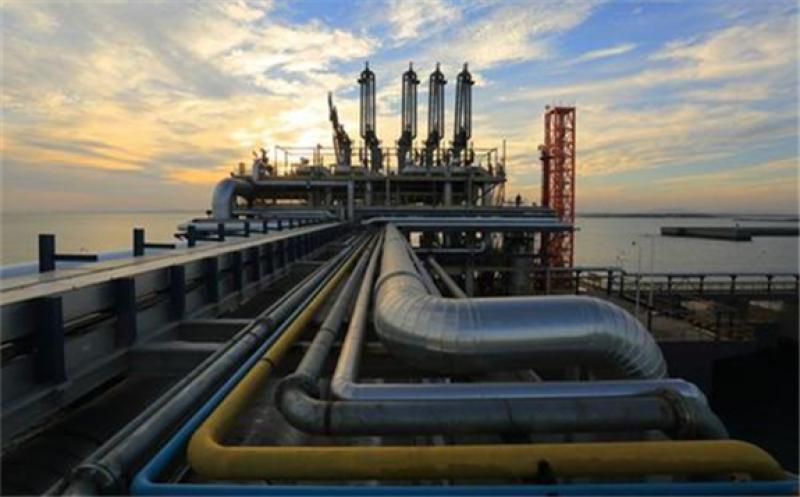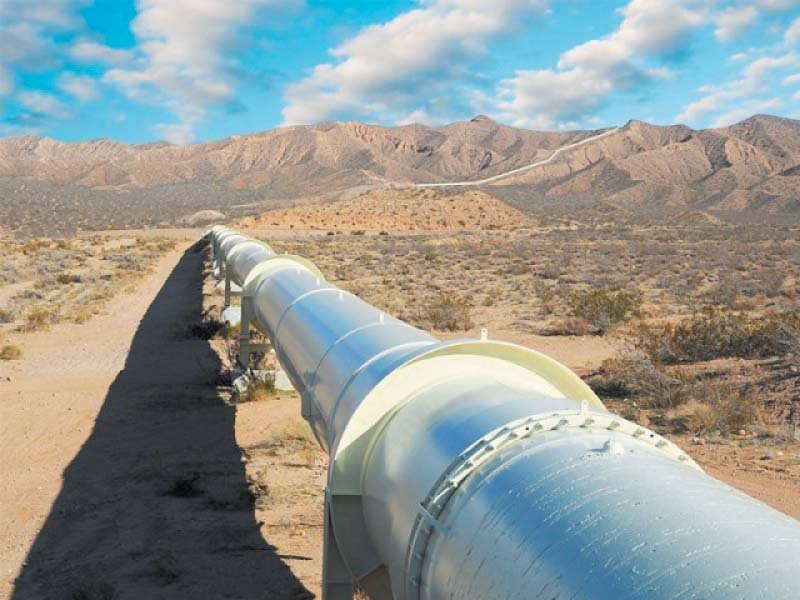ISLAMABAD: Efforts made by Sui Northern Gas Pipelines Limited (SNGPL) and Pakistan LNG Limited (PLL) to control the liquefied natural gas (LNG) supply chain have put an additional burden of millions of dollars on consumers and posed a threat to the gas pipeline network.
Over the past couple of weeks, SNGPL has reduced LNG offtake from Pakistan State Oil (PSO) and PLL as its pipeline network is at risk and is on the verge of bursting due to reluctance of consumers to receive expensive gas supplies.
State-run PSO, which was currently importing 500 million cubic feet per day (mmcfd) of LNG from Qatar on a long-term basis, had approached the Petroleum Division, seeking its intervention in the wake of low LNG offtake.
With a take-or-pay arrangement, PSO is unable to cut supplies as it will have to pay liquidity damages to a Qatari firm. Moreover, PSO is also bound to pay demurrages on LNG cargo in case of offloading after 36 hours.
PLL, which also supplies LNG to SNGPL, imports 200 mmcfd on a term basis, under which it arranges cargoes in line with SNGPL demand.

According to officials, the crisis erupted on February 15 this year when the public gas utilities – SNGPL and Sui Southern Gas Company (SSGC) – asked PSO and PLL to reduce LNG supplies because their pipeline networks were close to collapsing.
They said PLL initially curtailed supplies by 25 mmcfd, which was enhanced to 50 mmcfd to avoid the bursting of gas pipelines. Private sector investors have not been able to bring a single LNG ship, though the second LNG terminal has idle handling capacity.
Of late, the government has framed all rules to allow LNG import by the private sector. Special Assistant to Prime Minister on Petroleum Nadeem Babar also announced in a statement that the private sector would start LNG import in April 2021.
In a meeting held at the Petroleum Division last month, SNGPL made a sudden demand for 550 mmcfd of LNG allegedly in a bid to block LNG import by the private sector, which upset the Petroleum Division.
Petroleum Division officials, while expressing concern, said they were going to inform the cabinet that gas companies were not following the cabinet’s decision. The cabinet has allowed LNG import by the private sector. Owing to the monopoly of state companies, LNG consumers are not only bound to pay high prices but they also bear the cost of idle capacity of the second LNG terminal.
First LNG terminal is running at full capacity because of long and short-term contracts with Qatar and commodity trader Gunvor. PSO had clinched a short-term LNG supply contract with Gunvor for five years, which expired in December 2020.

Since the second LNG terminal has commenced operations, it has been operating at low capacity as PLL has a term contract for 200 mmcfd. However, 600 mmcfd has been allocated to the government at the terminal. At present, the terminal is handling 350 mmcfd of LNG despite the fact it has handling capacity for 700 mmcfd. Consumers paid $45 million for not utilising the full capacity of second LNG terminal in 2018. In 2019, the cost was calculated at $40 million. Utilisation of full capacity will help push down the tolling fee.
Private sector stakeholders are interested in utilising the idle capacity, which will lead to a lower tariff. The cost of full re-gasification capacity at the two LNG terminals at Port Qasim is paid under a guaranteed fixed charge and any idle capacity leads to a higher re-gasification tariff.
In 2018, the first operating year for the second LNG terminal, the average tariff was worked out at $0.7841 ($0.4177 at full capacity) per million British thermal units (mmbtu) due to 47% idle capacity, which forced consumers to pay an extra $45 million (Rs6.2 billion). Private-sector involvement will bring down the capacity charge for one cargo by $1.14 million, for five cargoes by $5.7 million and for 10 cargoes by $11.4 million, say market players.
Savings will come as a substantial part of government’s LNG import bill and letter of credit (LC) guarantees will shift to the private sector.
Responding to queries, an SNGPL spokesperson said over the past few weeks extra packing in the company’s system, with less re-gasified LNG offtake, had emerged due to the following factors, which were beyond the control of the company:
First, in February, SSGC’s retention was lower by around 50 mmcfd, which came to around 1,400 mmcf for the month.
Second, SSGC’s retention for March is around 120 mmcfd compared to the order for 150 mmcfd for the month.
Third, increased re-gas rate of 635 mmcfd in February from terminal 1 vis-a-vis SNGPL order for 610 mmcfd also contributed to the increased line pack.
The same has happened because the SSGC terminal 1, ie Engro, was not able to operate optimally in January because of low sea temperature, which has never happened before. Terminal one was only operating at around 630 mmcfd instead of planned re-gas rate of 670 mmcfd in January.










